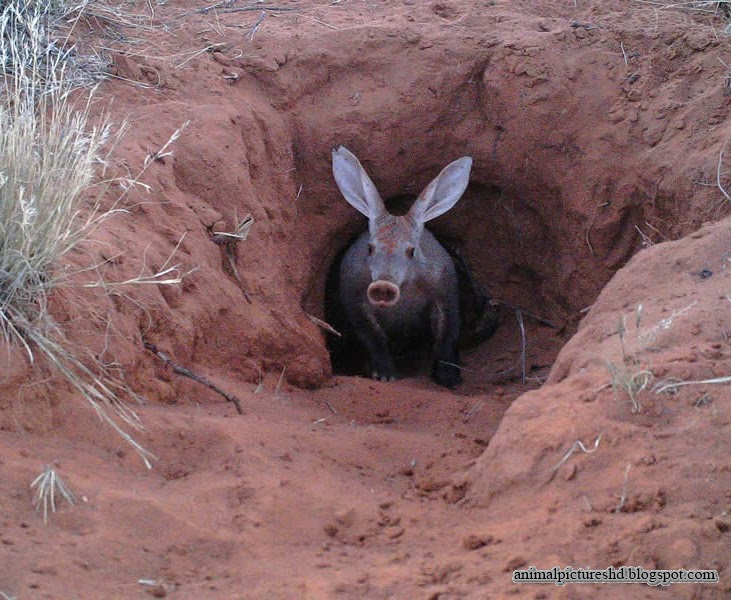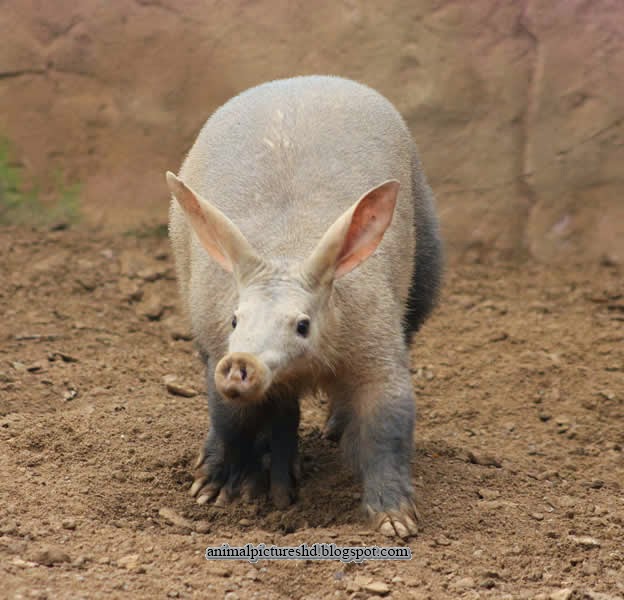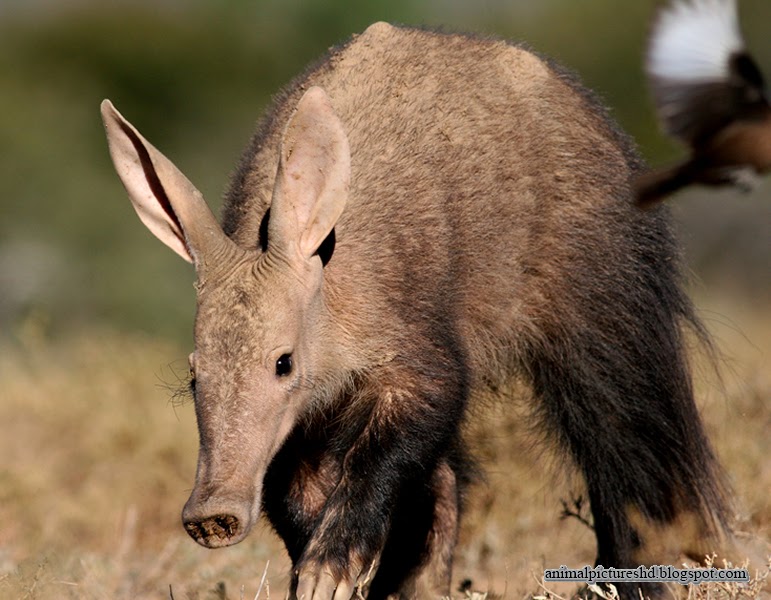pictures of aardvark animals
Aardvarks are fascinating creatures known for their unique appearance and specialized diet. Native to Africa, these nocturnal animals are often called "earth pigs" due to their burrowing habits and pig-like snouts. In this article, we'll explore the intriguing world of aardvarks, featuring amazing pictures and discussing their behavior, diet, and role in the ecosystem.
This animal which is burrowing mammal with long ear, long sticky tongue lives in Africa. This animal eats wood-eating white ant which is called termite. It comes out from his burrow at night and eat ants and termites.

1. The Unique Appearance of Aardvarks
Aardvarks have a distinctive look that sets them apart from other animals. They are medium-sized, with a robust body, a long snout, and large, rabbit-like ears. Their skin is thick and covered with sparse, coarse hair, and they have strong, clawed limbs that are perfect for digging.
Key Physical Features
Snout and Tongue: Aardvarks have an elongated snout that houses a long, sticky tongue, which they use to capture insects. Their sense of smell is highly developed, helping them locate food underground.
Ears and Eyes: Their large ears can swivel independently, allowing them to detect sounds from different directions. Despite their nocturnal nature, aardvarks have relatively poor eyesight.
Claws and Feet: The powerful claws on their forelimbs are used for digging burrows and breaking into termite mounds. Their feet are webbed, aiding in swimming when necessary.
2. Aardvarks: The Termite Eaters
Aardvarks are insectivores, meaning they primarily feed on insects. Their favorite food is termites, which they consume in large quantities. A single aardvark can eat up to 50,000 termites in one night!
Diet and Feeding Habits
Termites and Ants: Aardvarks use their keen sense of smell to locate termite mounds and ant nests. They then dig into these structures with their strong claws, using their sticky tongues to lap up the insects.
Other Insects: While termites and ants make up the bulk of their diet, aardvarks also eat other insects, such as beetles and larvae, if they come across them.
Feeding Adaptations: The aardvark's tongue can extend up to 30 centimeters (about 12 inches) and is covered in sticky saliva, which helps them capture insects efficiently. Their teeth are unique as well; they continuously grow and wear down due to their abrasive diet.
3. Aardvark Behavior and Habitat
Aardvarks are solitary and nocturnal, meaning they are most active at night. They spend the day sleeping in burrows, which they dig themselves. These burrows can be quite extensive, with multiple entrances and chambers.
Burrowing Habits
Shelter: Aardvark burrows provide shelter from predators and extreme weather conditions. They are also used as nurseries for raising young.
Ecosystem Role: The burrows created by aardvarks are crucial for other animals, as they provide shelter for species like warthogs, hares, and even some birds.
Reproduction and Lifespan
Breeding: Aardvarks typically breed once a year, and after a gestation period of about seven months, the female gives birth to a single offspring. The young aardvark stays with its mother for about six months before becoming independent.
Lifespan: In the wild, aardvarks can live up to 18 years, while in captivity, they may live longer due to the absence of predators and consistent food supply.
4. Conservation and Threats
Aardvarks are not currently considered endangered, but they face several threats. Habitat destruction due to agriculture and urban development can reduce their natural habitats. Additionally, aardvarks are sometimes hunted for their meat or captured for the pet trade, although this is not widespread.
Conservation Efforts
Conservation efforts for aardvarks focus on habitat preservation and raising awareness about their ecological role. Protecting the savannas and forests where aardvarks live is crucial for maintaining their populations.
Conclusion
Aardvarks are truly unique animals with fascinating adaptations that allow them to thrive in their environments. From their specialized diet of termites and ants to their impressive burrowing abilities, aardvarks play an important role in the ecosystem. By appreciating and protecting these remarkable creatures, we can help ensure that they continue to thrive in the wild. Whether you're a wildlife enthusiast or simply curious about nature's wonders, aardvarks offer a captivating glimpse into the diversity of life on our planet.

free picture of aardvark







.-The-cat-sits-elegantly,-reflecting-its-calm-demeanor-and-sophisticated-appearance,-with-soft,-flowing-fur-and-a-sl.jpg)